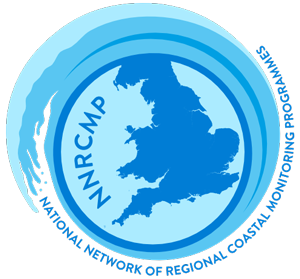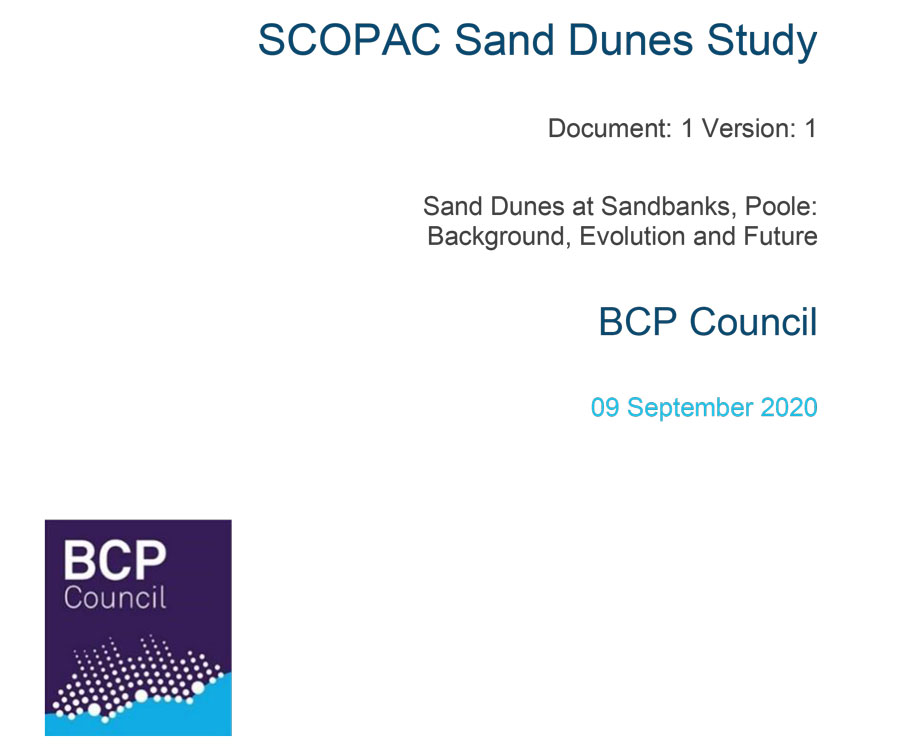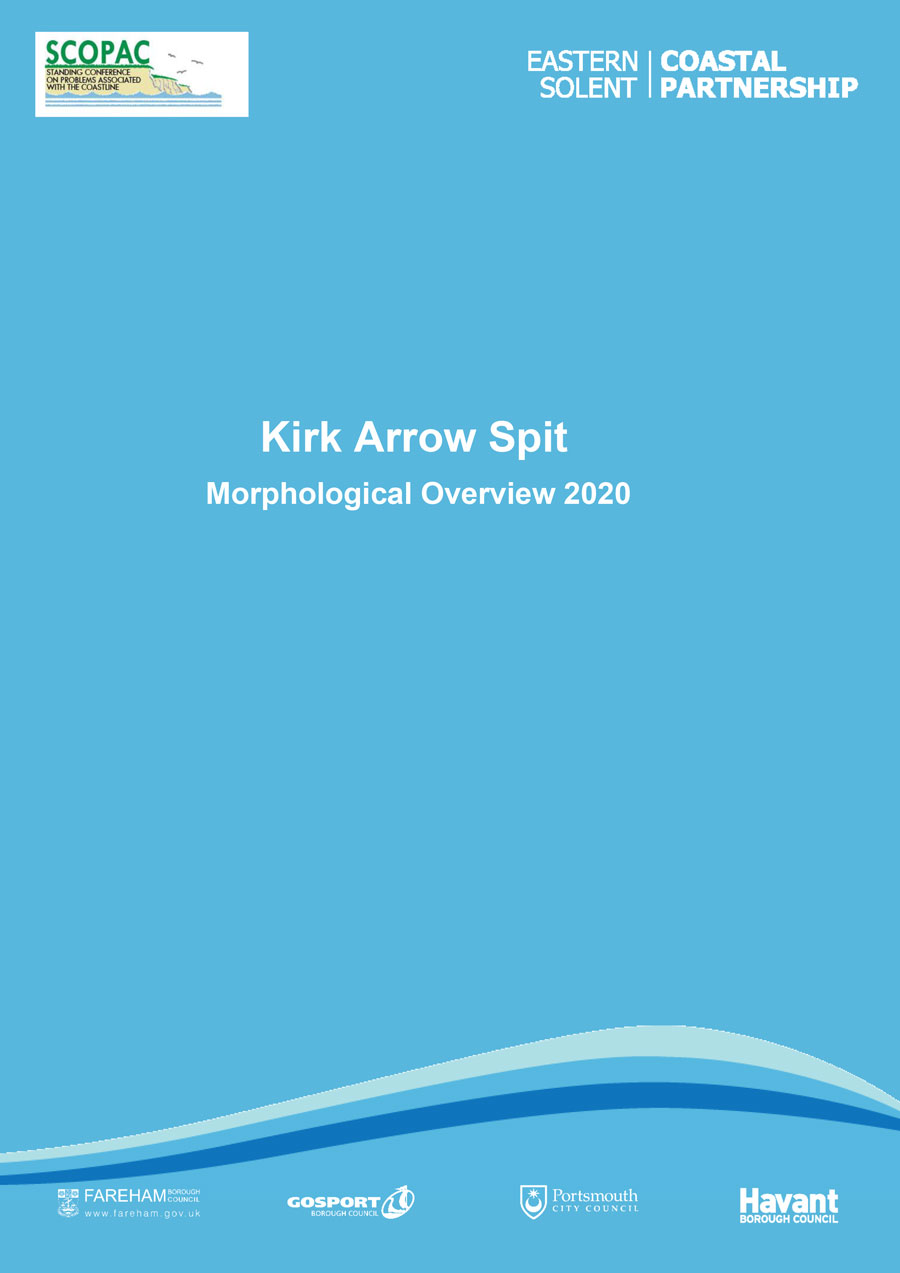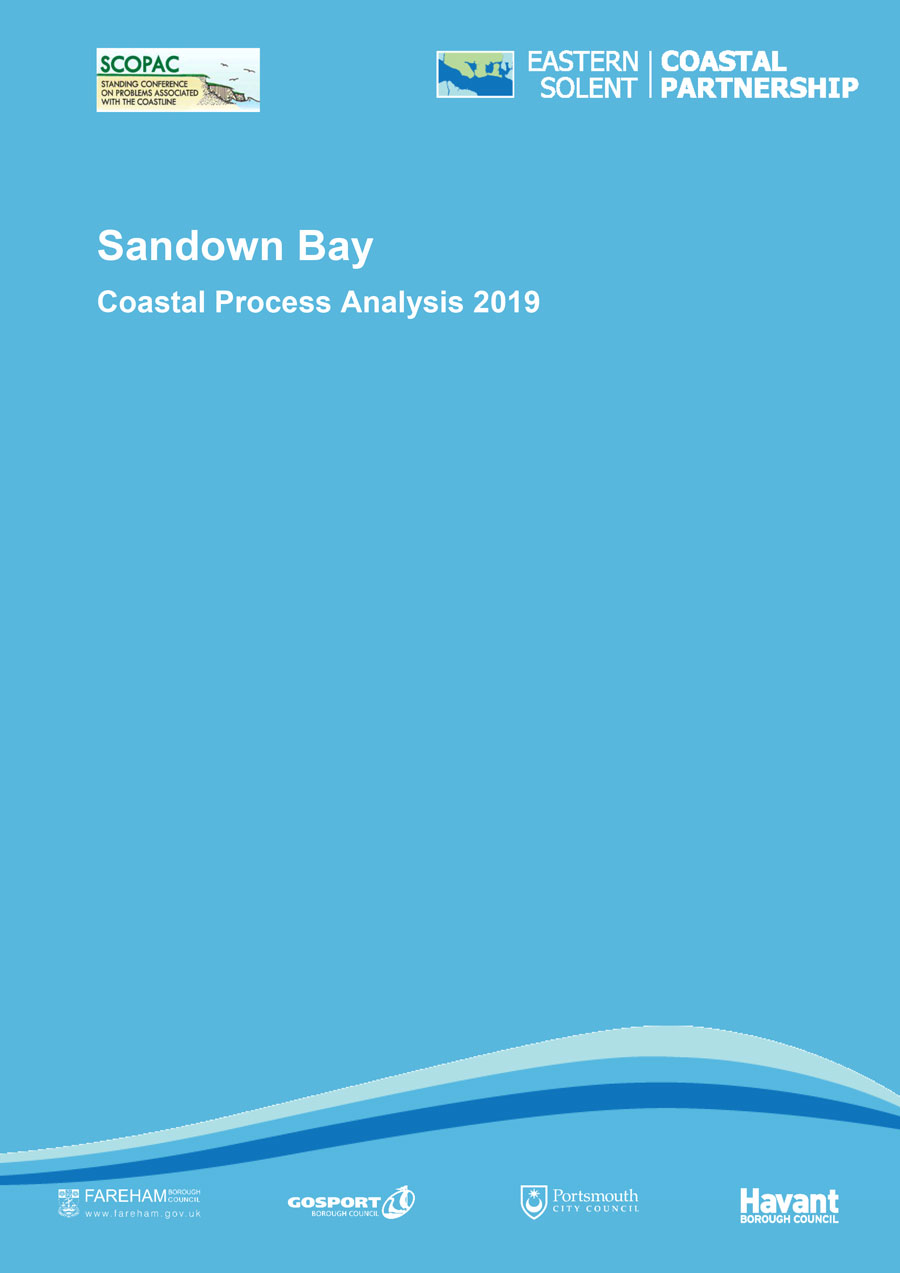Utilisation of RCMP data to understand coastal processes
SCOPAC award towards research projects which use Regional Coastal Monitoring Programme (RCMP) data
 A contribution of £1,000 is available from the Southern Coastal Group and SCOPAC towards research projects using Channel Coastal Observatory Regional Coastal Monitoring Programme (RCMP) data . This SCOPAC initiative is to demonstrate the value of ongoing capture and use of freely available datasets from the Monitoring Programmes.
A contribution of £1,000 is available from the Southern Coastal Group and SCOPAC towards research projects using Channel Coastal Observatory Regional Coastal Monitoring Programme (RCMP) data . This SCOPAC initiative is to demonstrate the value of ongoing capture and use of freely available datasets from the Monitoring Programmes.
The Southeast Regional Coastal Monitoring Programme was the first region to be set up in 2002 with the Southwest Regional Coastal Monitoring Programme following in 2006. Both are now providing datasets which reveal invaluable insight into decadal changes in coastal processes.
The data underpins development of baseline coastal processes understanding for Shoreline Management Plans, Strategy Studies, Beach Management Plans, as well as the impacts of scheme design. Data is captured once to a high level specification and used many times. The programme is managed on behalf of the Coastal Groups and is funded by DEFRA, in partnership with the maritime Local Authorities and the Environment Agency. For further information, please visit www.coastalmonitoring.org
Awarded 2020/21
Suitability of remote sensing for Coastal Monitoring
Strategic coastal monitoring is essential in determining the long-term trends and changes in beach volume and morphology (www.coastalmonitoring.org). However, restricted funding means that along low-risk coastlines, the frequencies of surveys are not high enough to directly link beach change to dynamic hydrodynamic conditions. Remote sensing technologies, including Lidar and satellite data products, are often suggested as alternative sources of data. The use of these technologies may allow higher temporal frequency, albeit at a lower spatial resolution. However, a systematic assessment of the data is required to determine its suitability.
Aims, Objectives and Deliverables
Aim: To assess whether remote sensing data are of sufficient resolution to allow calculation of beach volume or morphology to sufficient certainty that they be used in conjunction with CCO monitoring data to allow higher temporal resolution beach volume calculations.
Objectives:
a) Literature review of potential technologies and their strengths and limitations
b) Using suitable test areas in the SCOPAC region, perform an assessment of available remote sensing data, with comparison to CCO topographic data specifications.
www.gisgeography.com/how-to-download-sentinel-satellite-data/
www.scihub.copernicus.eu/dhus/#/home
c) Calculation of beach volume from remote sensing data, and an assessment of accuracy using direct comparison to CCO derived beach volumes.
d) Assessment of potential for increased temporal frequency of beach volume: is the data suitable, is the frequency high enough to make a significant difference, and what are the limitations of the approach.
Deliverables:
- Guidance on the suitability of remote sensing techniques for beach volume calculation.
- Development of methodology for combining the data sources.
- Case study within the SCOPAC region illustrating the use of these techniques.
Completed Studies
The following coastal process studies have been undertaken using data from the Southeast Regional Coastal Monitoring Programme:

SCOPAC Sand Dunes Study (2020)
Sand Dunes at Sandbanks, Poole: Background, Evolution and Future

The evolution of Kirk Arrow Spit, Selsey (2019/20)
Chichester District Council and the Eastern Solent Coastal Partnership. This study used Regional Coastal Monitoring Programme data to map the evolution of Kirk Arrow Spit. Historically, the nearshore sediment store has provided a sediment feed to the adjacent beaches. Whether the store is still providing an onshore feed and will do into the future is unknown.
- Phase 1 of the project mapped the evolution of the spit using historical aerial photography, LIDAR and bathymetry data. Analysis by Alex Hillawi from Coastal Partners (formerly the Eastern Solent Coastal Partnership) has identified a possible cyclical process that may be investigated further through Phase 2 of the study.
- Findings from Phase 1: Download the report by Alex Hillawi, Coastal Partners (PDF, 2Mb)
- A possible Phase 2 will investigate further whether the store will continue to provide a sediment feed to the frontage at Selsey.

Swanage Pier WaveRex analysis (2019)
University of Southampton. Swanage is unique along the south coast due to its orientation; although located on the south coast, it is eastward facing. Despite being sheltered to the dominant waves, the beaches experience rapid volume change across the Bay. It is imperative that the causes for such change are better understood to guide the next Beach Management Plan.
This study uses Southeast Regional Coastal Monitoring Programme data, analysed alongside wave data from CEFAS and a study carried out by HR Wallingford using AWAC buoys. Much of the analysis was carried out by Toby Miller as part of his MSc thesis for Engineering in the Coastal Environment at Southampton University.
Dr Charlie Thompson, Director of the CCO, has summarised the findings into a short technical note which assesses the hydrodynamic drivers of beach response in Swanage Bay.
Download the short technical note by Dr Charlie Thompson (PDF, 0.5Mb)
Download the final MSc thesis by Toby Miller (PDF, 10Mb)

Sandown Bay Coastal Process Study (2018)
Sandown Bay is a popular tourist and amenity beach stretching 8.2 km along the south-east coast of the Isle of Wight. Due to recent concern regarding low beach levels and erosion along this frontage, SCOPAC awarded the ‘improved utilisation of data fund’ to the Isle of Wight Council for a small-scale desktop study to be undertaken by the Eastern Solent Coastal Partnership (ESCP). This study uses Southeast Regional Coastal Monitoring Programme data (which provides data since 2003) to assess erosion and accretion in response to changes in wave forcing, building upon previous studies.
Download the report (PDF, 2Mb)

Cakeham Manor Estate Coastal Process Study (2015)
This coastal process report has been prepared by the Eastern Solent Coastal Partnership on behalf of Cakeham Manor Estate, using data from the Southeast Regional Coastal Monitoring programme. The report summarises evolution of the coastline and the data available for monitoring coastal change, and explores whether any additional data collection is required for:
- the western end of the frontage to establish if and when the coastline switches from accretion to erosion, according to Fitzgerald’s (2012) theory
- the central and eastern section of the frontage, which are generally more vulnerable to erosion
Download the report (PDF, 7Mb)
